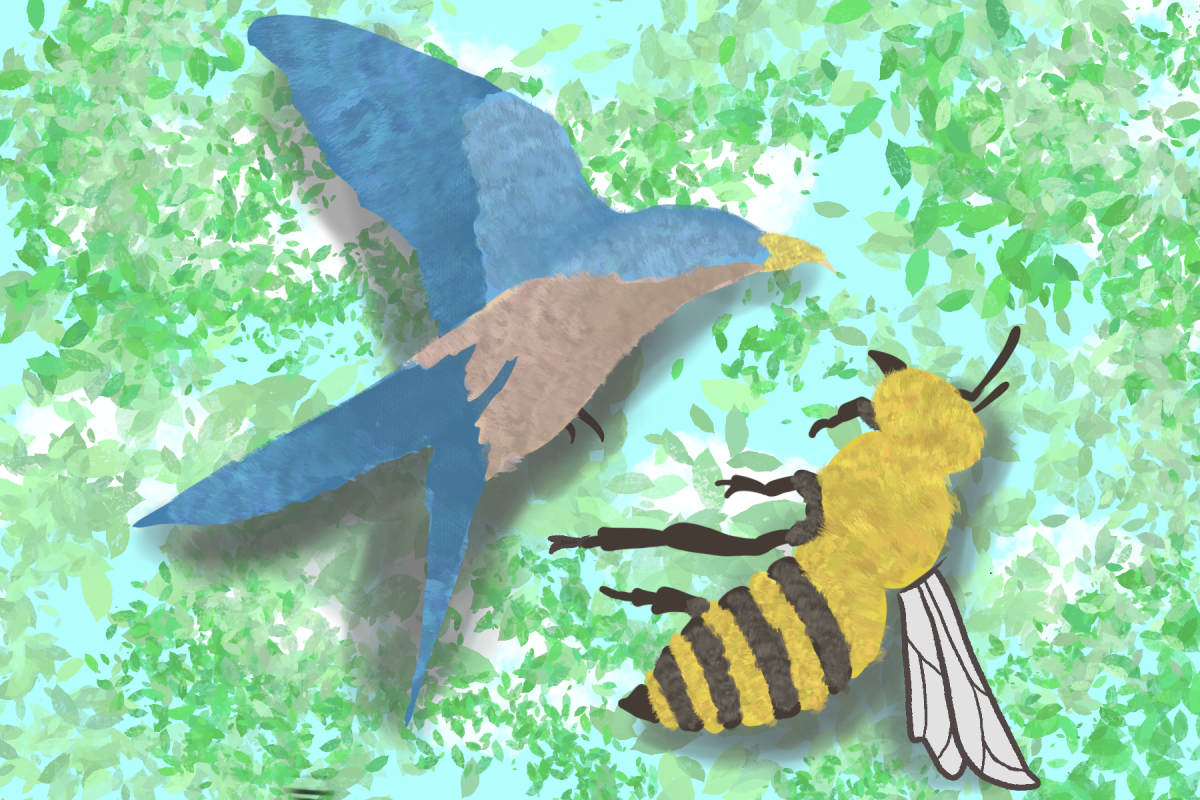First-Year Interest Groups are comprised of 18-25 students who enroll in a cluster of classes together during their first fall semester at UT, according to the Undergraduate Studies website. These students all meet on a weekly basis with a mentor and a faculty advisor. These groups are a way for freshmen to find support, connect with their peers and learn to better navigate the university.
Transfer-Year Interest Groups are supposed to recreate the experience of FIGs, except they are meant to ease the transition for transfer students while they find their footing at the University. The groups are designed to help transfers establish social connections, discover the resources available at UT and receive academic and career advice.
“Students in TrIGs are more likely to graduate on time, and they have stronger first semester grades,” said Jeff Mayo, assistant director of the Transfer-Year Experience Program in the School of Undergraduate Studies.
Despite these benefits, only a fraction of students participate in TrIGs.
Transfer students often come to UT with varying levels of completed course credit, so it is difficult to cluster courses that would be valuable to a wide variety of transfer students. According to the School of Undergraduate Studies’ 2019 Impact Report, only a quarter of new transfer students enrolled in TrIGs, and currently take advantage of the resources the groups provide.
Rather than focusing on uniting transfer students in their specific academic needs, UT should focus on developing a mentorship program that would socially connect transfer students.
“During orientation, they made a big deal about TrIGs and joining one,” journalism sophomore Emily Schumacher said. “I just decided I didn’t have the extra time.”
To better support the diverse academic needs of transfer students while also helping them develop their own communities, UT should invest more into social resources for transfer students, such as Texas Transfer Students, UTransition and the Transfer Student Living Learning Community.
These programs offer the same benefits as TrIGs in easing transfer students’ transitions to a large university and better integrating them with their peers without unnecessarily binding academic connections.
Students have already tried to make TrIGs more accessible for transfer students with limited success. In 2018, Student Government approved Joint Resolution 8, which advocated for a greater diversity of TrIG courses that would encourage greater participation among transfer students.
“(The) Moody School of Communications and the College of Liberal Arts have both increased their number of TrIGs since the resolution, but there is still a lot more room to grow,” Mayo said.
Despite all these efforts, TrIGs are difficult to join and provide few benefits to transfer students.
“None of the classes that were included with TrIGs worked with my schedule,” English sophomore Audrey Vieira said. “I wish there were options for TrIGs that I could have taken.”
There is potential for UT to cultivate successful mentorship and social programs that would encapsulate all the benefits of TrIGs and mitigate their shortcomings. By focusing on creating social, rather than academic, ties between transfer students, UT can ensure all transfer students have the opportunity to find their niche on the Forty Acres.
Butler is an undeclared freshman from Austin, Texas.





















